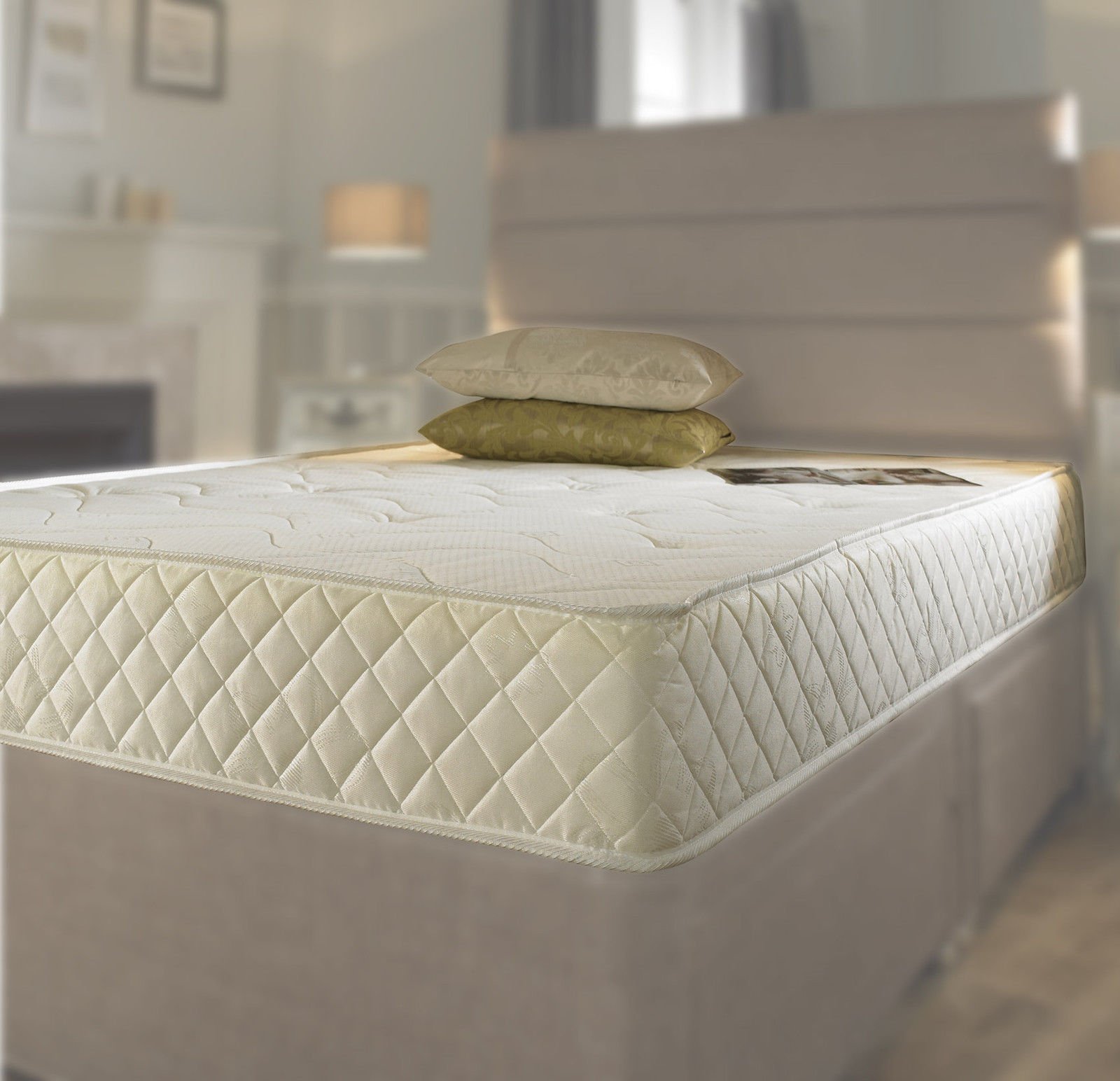What is The Mattress Manufacturing Process
A mattress is more than just a place to sleep; it plays a crucial role in ensuring a good night’s rest. The manufacturing process involves a combination of science, artistry, and expertise. Let’s explore each step-in detail to understand how a mattress is created.
Design and Material Selection
The first step in the mattress manufacturing process is designing the product. Manufacturers consider factors such as comfort, support, durability, and breathability when creating a mattress design. Once the design is finalized, the next step is selecting the materials. High-quality materials, such as memory foam, latex, coils, and fabrics, are chosen to provide the desired characteristics and performance.
checkout Tencel 2000 Pocket Mattress
Cutting and Shaping
After the design and material selection, the mattress components are cut and shaped according to the specifications. Advanced machinery is used to precisely cut the foam, fabric, and other materials to the required dimensions. This step ensures accuracy and consistency in the manufacturing process.
Sewing and Quilting
In this phase, the mattress cover is sewn and quilted. Skilled artisans use sewing machines to stitch the fabric together, creating patterns and designs. Quilting enhances the aesthetics and adds a plush feel to the mattress. This step requires attention to detail and precision to achieve a visually appealing and comfortable product.
Assembly and Layering
After preparing the cover, the mattress assembly commences. Skilled workers carefully arrange the various layers of foam, coils, and other materials according to the design specifications. This meticulous layering process guarantees optimal comfort, support, and pressure relief. Each layer is strategically positioned to create a harmonious sleep surface
Edge Reinforcement
To provide edge support and prevent sagging, manufacturers reinforce the mattress edges. This is achieved by adding extra foam or supportive materials along the perimeter of the mattress. Edge reinforcement enhances the durability and stability of the mattress, allowing you to fully utilize the sleep surface.
Tufting and Tacking
Manufacturers use tufting and tacking techniques to secure the layers and materials within the mattress. This process involves attaching buttons or stitches through the layers, preventing shifting or bunching over time. Tufting also creates a visually appealing pattern on the mattress surface.
Finishing Touches
In this stage, the mattress goes through various finishing touches. This includes trimming excess material, reinforcing seams, and ensuring the overall aesthetics and quality of the product. Manufacturers pay attention to every detail, making sure the mattress meets their high standards before proceeding to the next step.
Quality Assurance
Quality assurance is a crucial aspect of the mattress manufacturing process. Manufacturers conduct rigorous testing to ensure that each mattress meets the required standards for comfort, support, and durability. This may involve subjecting the mattress to various performance tests, such as pressure mapping and motion transfer analysis.
Packaging and Distribution
After completing the quality assurance process, manufacturers package and prepare the mattress for distribution. They meticulously compress, roll, or fold it, based on the mattress type This packaging method optimizes storage space and facilitates transportation. The manufacturers distribute the packaged mattresses to retailers or customers directly, ensuring they are ready to deliver a restful night’s sleep.
In recent years, advancements in technology have revolutionized the mattress manufacturing process. Automated machinery and computerized systems have streamlined production, ensuring consistency and precision. Manufacturers also focus on eco-friendly practices by using sustainable materials and minimizing waste.
Additionally, innovations such as adjustable bases, cooling technologies, and smart features have expanded the options available to consumers. As the demand for quality sleep products grows, the mattress manufacturing industry remains committed to delivering innovative and comfortable solutions. By staying at the forefront of technology and design, manufacturers strive to provide a relaxing and rejuvenating sleep experience for people worldwide.
Conclusion
Embark on a meticulous journey through the mattress manufacturing process, where design, craftsmanship, and quality assurance seamlessly intertwine. Witness the transformation from concept to the final product, culminating in mattresses that epitomize comfort, support, and durability. Gain a profound appreciation for the intricate details as you delve into the manufacturing process, unveiling the relentless effort and expertise invested in crafting each mattress
Explore bedrush Mattress Collection
FAQs
Q: How long does the mattress manufacturing process typically take?
A: The duration of the manufacturing process can vary depending on factors such as complexity, volume, and production capacity. It can take anywhere from a few hours to several days.
Q: Do manufacturers use the same manufacturing process for all mattresses?
A: While there are common steps involved in mattress manufacturing, different manufacturers may have their unique approaches and techniques. However, the overall process follows similar principles.
Q: In mattress manufacturing, what are the commonly used materials?
A: Common materials include memory foam, latex, inner spring coils, polyure thane foam, and various fabrics for covers.
Read more About: Why You Need A Memory Foam Mattress









